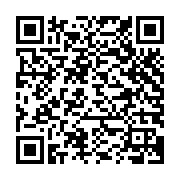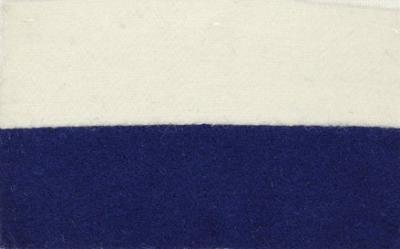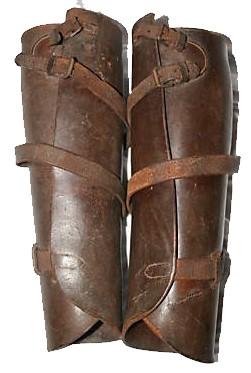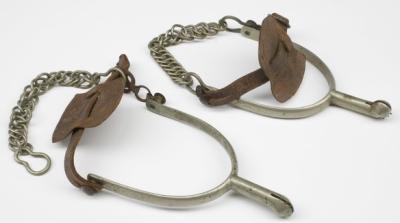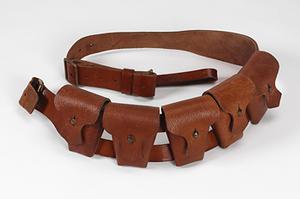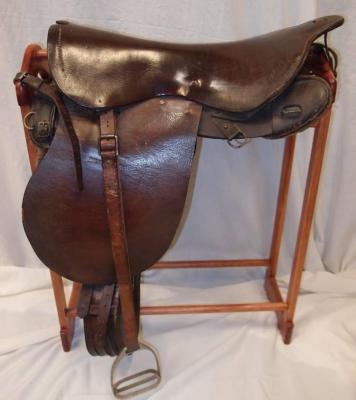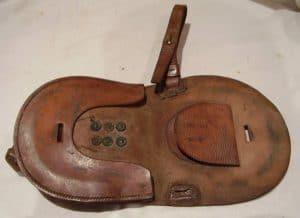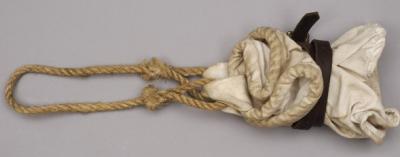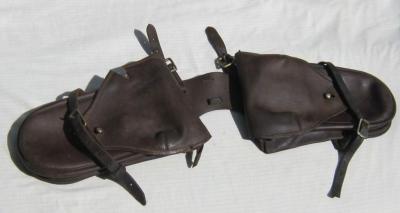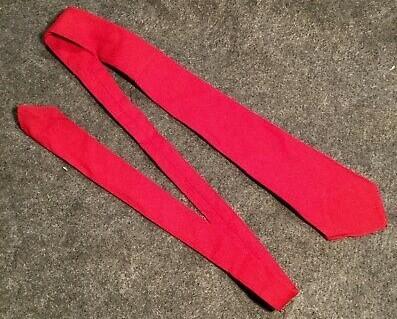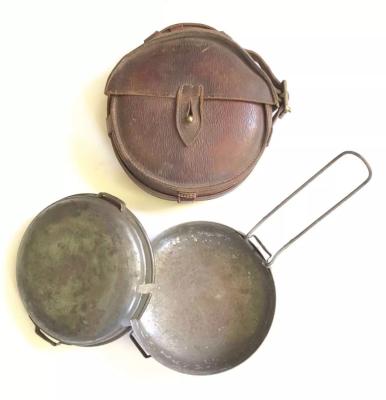Colour Patch - 11 Battalion Australian Imperial Force
A formation patch or colour patch is a military insignia that identifies a soldier's military formations. Originally developed during the 20th century for battlefield identification, it has persisted into the 21st century as an element of military heraldry. The patch for the 11 Infantry Battalion AIF was horizontally aligned, rectangular wool flannel colour patch, divided brown over light blue. It was worn as a distinguishing unit indication at the head of each sleeve from early 1915.
A formation patch or formation badge is a military insignia that identifies a soldier's military formations. Originally developed during the 20th century for battlefield identification, it has persisted into the 21st century as an element of military heraldry.
The Australian army's system of colour patches arose from the need to solve an immediate problem. As armies adopted drab coloured uniforms, the need to identify friendly troops in assaulting formations was made acute by the problems of intensive defensive firepower and the attendant problem of dispersion.
When the first Australian Imperial Force (AIF) set off for the Middle East in 1914, the only badge it wore was on headgear and jacket collars: the Australian "Rising Sun" emblem, inscribed with the words "Australian Commonwealth Military Forces" (ACMF). Nothing distinguished one regiment from another. Divisional Order No. 81(A) Administration was issued at Mena, Egypt, on 8 March 1915 to overcome the problem and set the policy for AIF Colour Patches.
The 11th Battalion was the first unit recruited in Western Australia for the Australian Imperial Force. Alongside the 9th, 10th, and 12th Battalions, it formed the 3rd Brigade. After only two weeks of initial training, the battalion departed Fremantle on 1 November 1914, arriving in Egypt for further training in early December. The 3rd Brigade led the ANZAC landing on 25 April 1915, being the first ashore around 4:30 am. Ten days post-landing, a company from the 11th Battalion conducted the AIF's first raid on Turkish positions at Gaba Tepe. Throughout the campaign, the battalion was heavily engaged in defending the ANZAC beachhead and participated in preparatory attacks for the battle of Lone Pine in August. They remained active at ANZAC until the evacuation in December.
Post-Gallipoli, the 11th Battalion returned to Egypt, where it was split to help form the 51st Battalion and replenished with reinforcements. In March 1916, the battalion sailed to France, joining the Western Front's trench warfare until 1918. Their first major battle in France was at Pozieres in July. Following this, they held trenches near Ypres and later returned to the Somme for winter.
In 1917, they participated in the advance following the German retreat to the Hindenburg Line. In April, during a German counterattack at Louverval, Lieutenant Charles Pope was killed performing actions that earned him a posthumous Victoria Cross. The battalion later fought in the Third Battle of Ypres.
In March and April 1918, the battalion helped stop the German spring offensive and joined the Allied offensive east of Amiens on 8 August, achieving a significant victory described by German General Erich Ludendorff as "the black day of the German Army." The 11th Battalion continued operations until late September 1918. The armistice on 11 November 1918 ended the fighting, followed by the Versailles peace treaty on 28 June 1919.
During the world wars and the years in between, Australian soldiers wore cloth patches of various shapes and colours on their upper sleeves to indicate to which unit or formation they belonged. The use of colour patches was discontinued in 1949 when the British system of embroidered shoulder titles, formation signs and lanyards was adopted. In July 1987 colour patches were reintroduced in order to foster the Army’s heritage. Currently they are worn on the right side of the puggaree on the slouch hat and on the shoulders of some orders of dress.
Currently this colour patch is worn by the 11th/28th Battalion, Royal Western Australia Regiment (11/28 RWAR) a Reserve infantry battalion of the Australian Army. Located in Western Australia. It is one of the two battalions of the Royal Western Australia Regiment which forms the infantry component of the 13th Brigade. In recent years, 11/28 RWAR soldiers have deployed in support of operations in Timor-Leste (East Timor), Malaysia, Bougainville, Afghanistan and Iraq. Volunteers have also deployed on coastal security and naval boarding party tasks in the Timor Sea. Other roles include supporting national counter-terrorist measures through service in the Reserve Response Force.
Details
Details
As World War 1 progressed, the policy for colour patches evolved. The shape of the patch indicated the Division: The First Division had a rectangular patch, the Second Division had a diamond-shaped patch, the Third Division had a horizontal oval patch, the Fourth Division had a circle, the Fifth Division had a vertical oblong patch and the Sixth Division had a vertical oval patch. The upper colour showed the battalion and the lower colour the brigade. Infantry battalions had one of four upper colours: black (for the first battalion in the brigade), purple (for the second battalion in the brigade), brown (third battalion in the brigade) and white (fourth battalion in the brigade).
The heraldic tradition of colour patches is found throughout the galleries in displays ranging from tailoring, sweetheart badges, dioramas and regimental flags and Colours. In the Museum's archives, photographs showing details of colour patches (although challenging in black and white and sepia formats) can provide useful clues to identification of individual, unit or theatre of operations.
Australian Army Museum of Western Australia
Australian Army Museum of Western Australia
Other items from Australian Army Museum of Western Australia
- Colour Patch - 16 Battalion Australian Imperial Force
- Colour Patch - 44 Battalion Australian Imperial Force
- Stohwasser Leather Leggings
- Australian Army Issue Spurs
- 1903 Pattern Bandoliers
- World War 1, 1912 Universal Pattern Saddle
- World War 1, 1912 Universal Pattern Saddle - Equipage - Horse Shoe Carrier
- World War 1, 1912 Universal Pattern Saddle - Equipage - Canvas Water Bucket
- World War 1, 1912 Universal Pattern Saddle - Equipage - Saddle Wallets
- World War 1, 1912 Universal Pattern Saddle Equipage - Fodder Bag
- World War 1, Red Necktie of Convalescent Blue Uniform
- World War 1, 1912 Universal Pattern Saddle Equipage - Circular Mess Tin or Dixie

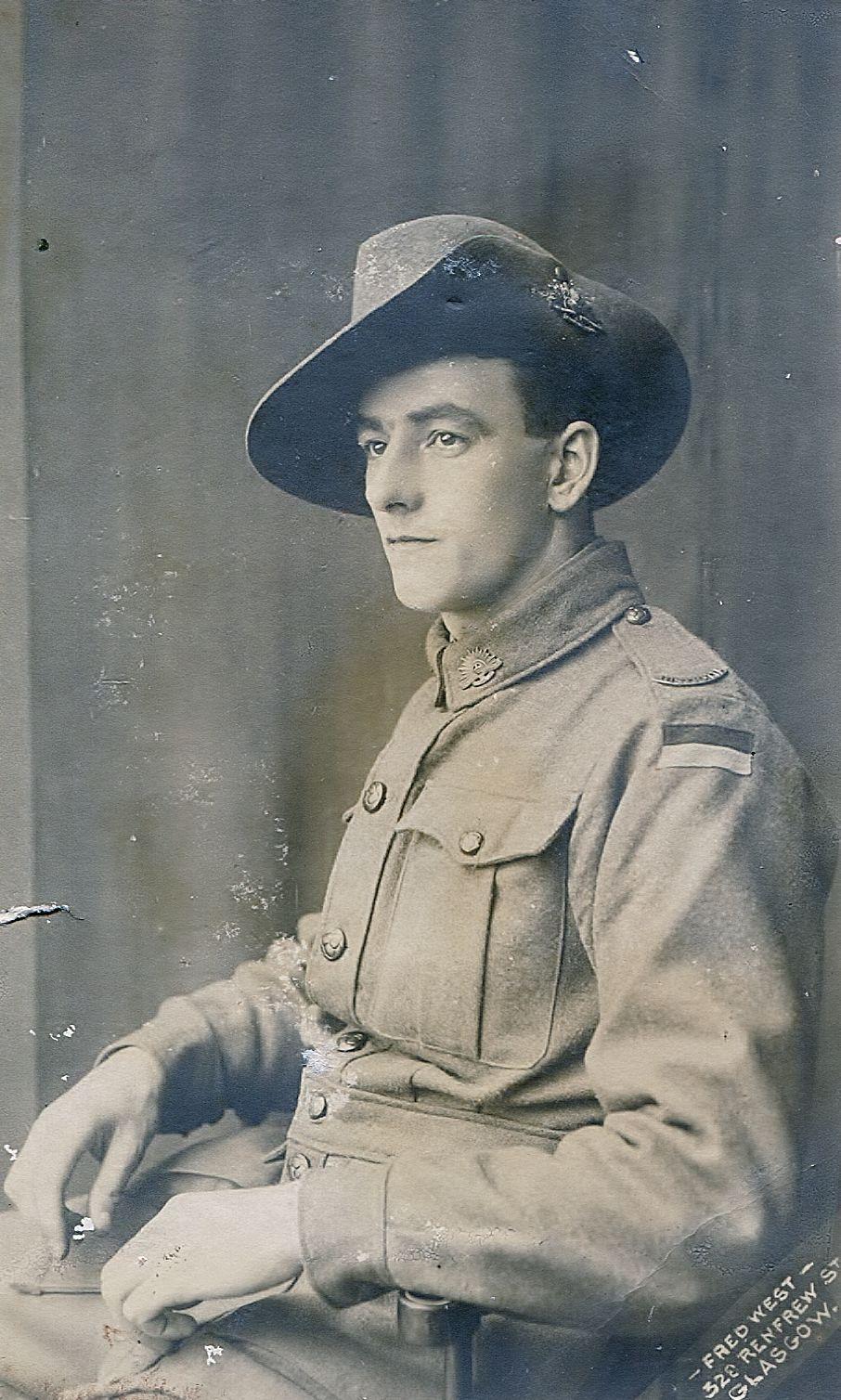

Scan this QR code to open this page on your phone ->
